June 4, 2025 | 07:39 GMT +7
June 4, 2025 | 07:39 GMT +7
Hotline: 0913.378.918
June 4, 2025 | 07:39 GMT +7
Hotline: 0913.378.918
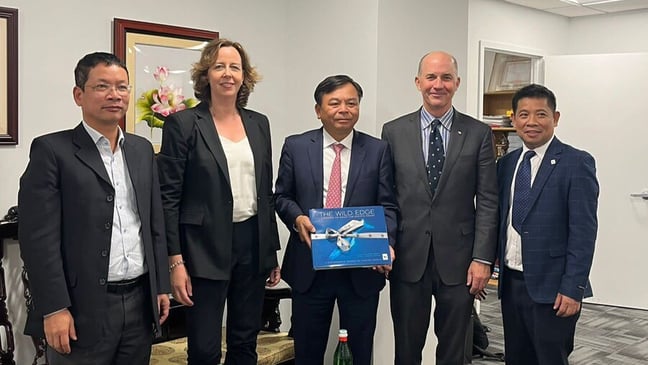
Ms. Kirsten Schuijt, General Director of WWF International and Mr. Robert Carters, President and CEO of WWF-USA, take a commemorative photo with MARD Deputy Minister Nguyen Hoang Hiep. Photo: WWF.
On September 20 (local time) in New York, MARD Deputy Minister Nguyen Hoang Hiep meets with Kirsten Schuijt, WWF International General Director, and Robert Carters, President and CEO of WWF.
On the occasion of the 78th Session of the United Nations General Assembly (UNGA 78), the meeting between the MARD delegation and WWF leaders is held at Vietnam headquarters in the United Nations complex. Speaking with WWF leaders, Deputy Minister Nguyen Hoang Hiep highly appreciates the long-term cooperation between MARD and WWF in many fields.
The cooperation in recent years has focused on biodiversity conservation, species conservation and protected areas, combating illegal wildlife trade, and working towards the global commitment of Sustainable Development Goals (SDGs).
The cooperative projects have brought many positive and concrete impacts to nature and local communities, especially in Central Annamites of Vietnam. WWF and MARD are jointly developing the program “Investing in Nature-Based Solutions to Protect Viet Nam’s Central Annamites.”
Accordingly, WWF and MARD will cooperate to mobilize resources through developing proposals, calling for funding, and implementing projects to preserve Vietnam's biodiversity, while ensuring benefits for the local community. Both sides hope this strategic cooperation will be signed in the near future.
During this decade of biodiversity conservation, Vietnam has implemented many important international commitments such as Net Zero, JETP, GBF, BBNJ commitments. Vietnam also actively participates in negotiating a global agreement on combating plastic pollution and the WTO agreement on fisheries subsidies.
Therefore, MARD Deputy Minister Nguyen Hoang Hiep emphasizes that Vietnam needs the support of the international community, including WWF, to carry out the committed efforts.
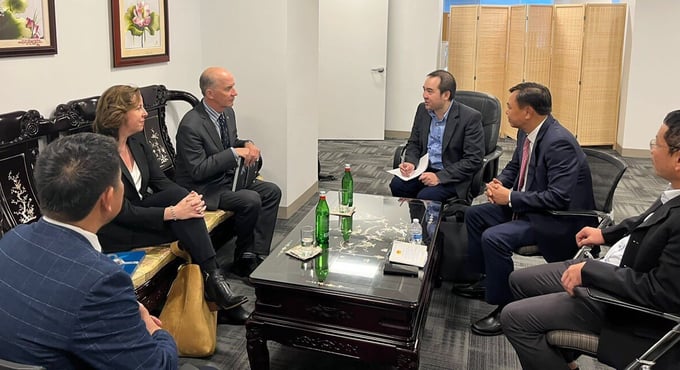
MARD Deputy Minister Nguyen Hoang Hiep and WWF International General Director Kirsten Schuijt, President and CEO of WWF-USA Robert Carters discuss many cooperation directions for the future. Photo: WWF.
Responding to Deputy Minister Nguyen Hoang Hiep, Mr. Robert Carters - President and CEO of WWF-USA - shares that Vietnam has always been one of WWF’s priorities, with the richest biodiversity in the world.
Currently, WWF is coordinating with MARD to implement two vital projects in Vietnam on species and biodiversity conservation funded by the US Agency for International Development (USAID). WWF-USA also selects the Central Annamites habitat as one of five landscapes in the world to carry out the Nature-based Solutions program.
Mr. Robert Carters states that cooperation with MARD is of great significance to WWF, not only because of Vietnam’s biodiversity map but also because of the solutions that the two sides are implementing together.
Adding to Mr. Robert Carters’ statement, Ms. Kirsten Schuijt - General Director of WWF International - says that Vietnam is one of the first three countries she visited after becoming General Director of WWF. She has spent a lot of time researching and working with the community in Central Annamites on forest conservation since the first days she joined the organization.
Ms. Kirsten Schuijt emphasizes that, for WWF in particular and the international community in general, Vietnam is a great example, inspiring many other countries. WWF is honored, proud and committed to accompanying the Government of Vietnam in achieving national and global Sustainable Development Goals.
The program “Investing in Nature-Based Solutions to Protect Viet Nam’s Central Annamites” is part of WWF’s new Nature-Based Solutions Origination Platform (NbS-OP), an innovative vehicle for high-quality and high-integrity NbS that will drive impact at scale for people, climate and nature across tropical forest landscapes. Key NbS-OP partners around the globe include U.S. companies HP Inc., Apple and International Paper. In Viet Nam, this collaboration builds on WWF's work as the U.S. Agency for International Development’s implementing partner in large-scale biodiversity conservation in the Central Annamites and will include a variety of conservation approaches, such as protection, restoration, and improved forest management.
The Central Annamites landscape, a natural carbon sink, is renowned for its unique biodiversity. Forest coverage ranges between 47% to 68%, with more than 2.3 million hectares of natural forest. As a result, the area is home to many endemic and endangered species, including the Saola, Large-antlered muntjac, the Truong Son muntjac, and more. Roughly 18.5 million people live in the Central of Viet Nam and depend on the natural resources there in one way or another.
Translated by Quynh Chi
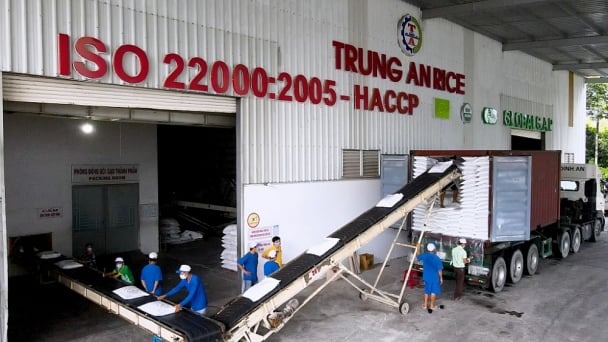
(VAN) On June 5, in Can Tho City, the Vietnam Rice Industry Association (VIETRISA) and Trung An Company will hold a ceremony to export the first shipment of 'Green and Low-Emission Vietnam Rice' to Japan.
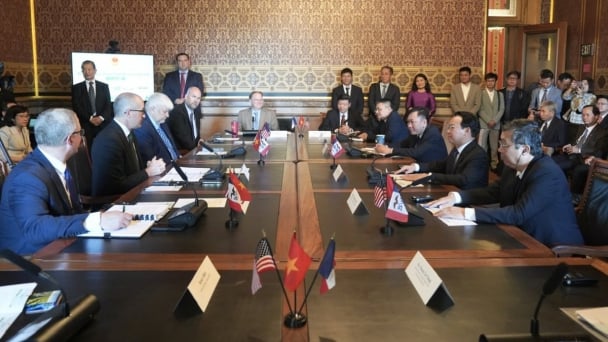
(VAN) Minister Do Duc Duy believes this event will mark the start of a new chapter in deeper cooperation between Vietnam’s agricultural sector and the state of Iowa.
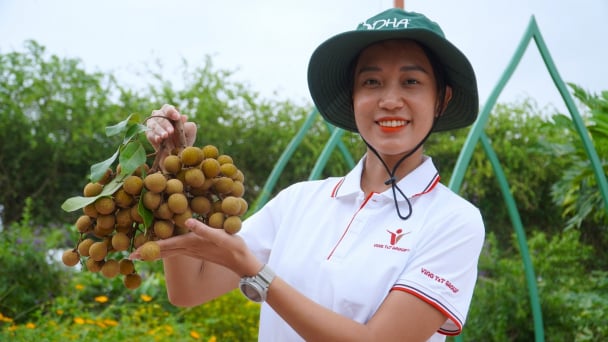
(VAN) Once merely a fruit found in local markets, Thoi Hung longans are now featured on supermarket shelves in the United States and Australia under the brand 'King Longans' – the king of longans.
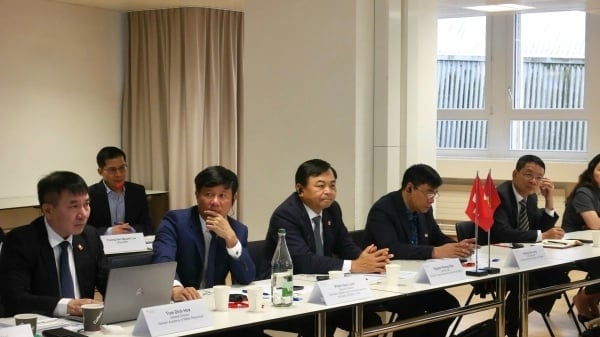
(VAN) On June 2, Deputy Minister Nguyen Hoang Hiep worked with the Swiss State Secretariat for Economic Affairs, the Swiss Agency for Cooperation and Development and Head of Infrastructure Financing Dagmar Vogel.
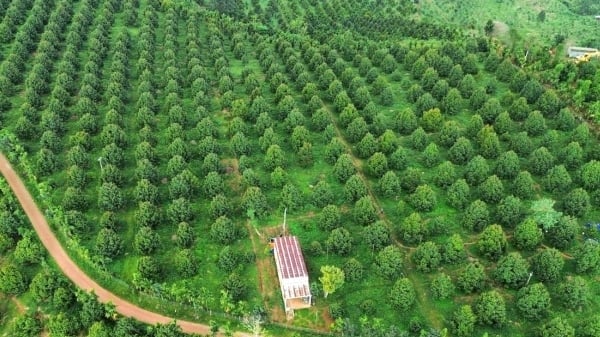
(VAN) The Prime Minister assigned the Minister of Agriculture and Environment to direct localities to review and fully prepare the necessary conditions (such as crop varieties, livestock, materials, fertilizers, etc.) for production.
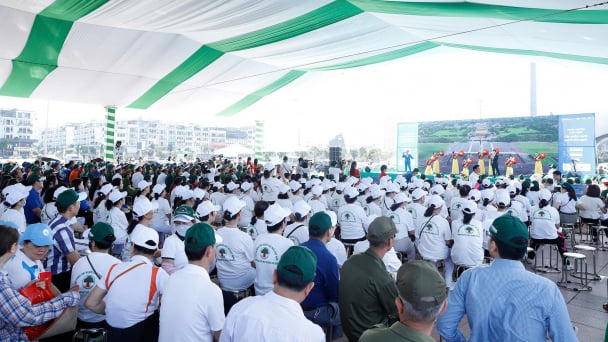
(VAN) On June 1, a grand meeting was held in Ha Long city, Quang Ninh province, to celebrate World Environment Day and launch the National Action Month for the Environment 2025.

(VAN) From the meeting in Ha Long, the United Nations called for the establishment of a legally binding global treaty to end plastic pollution.